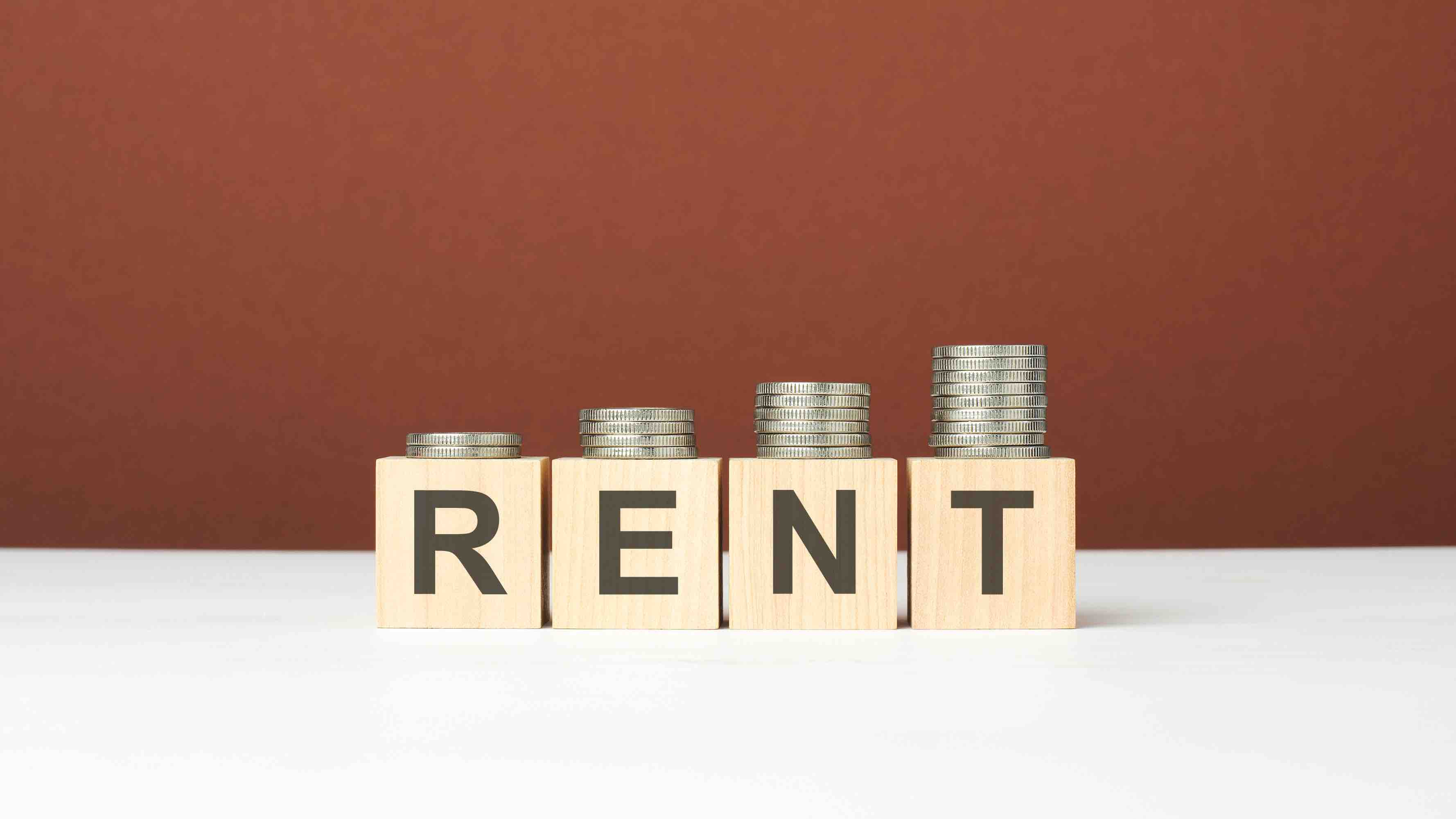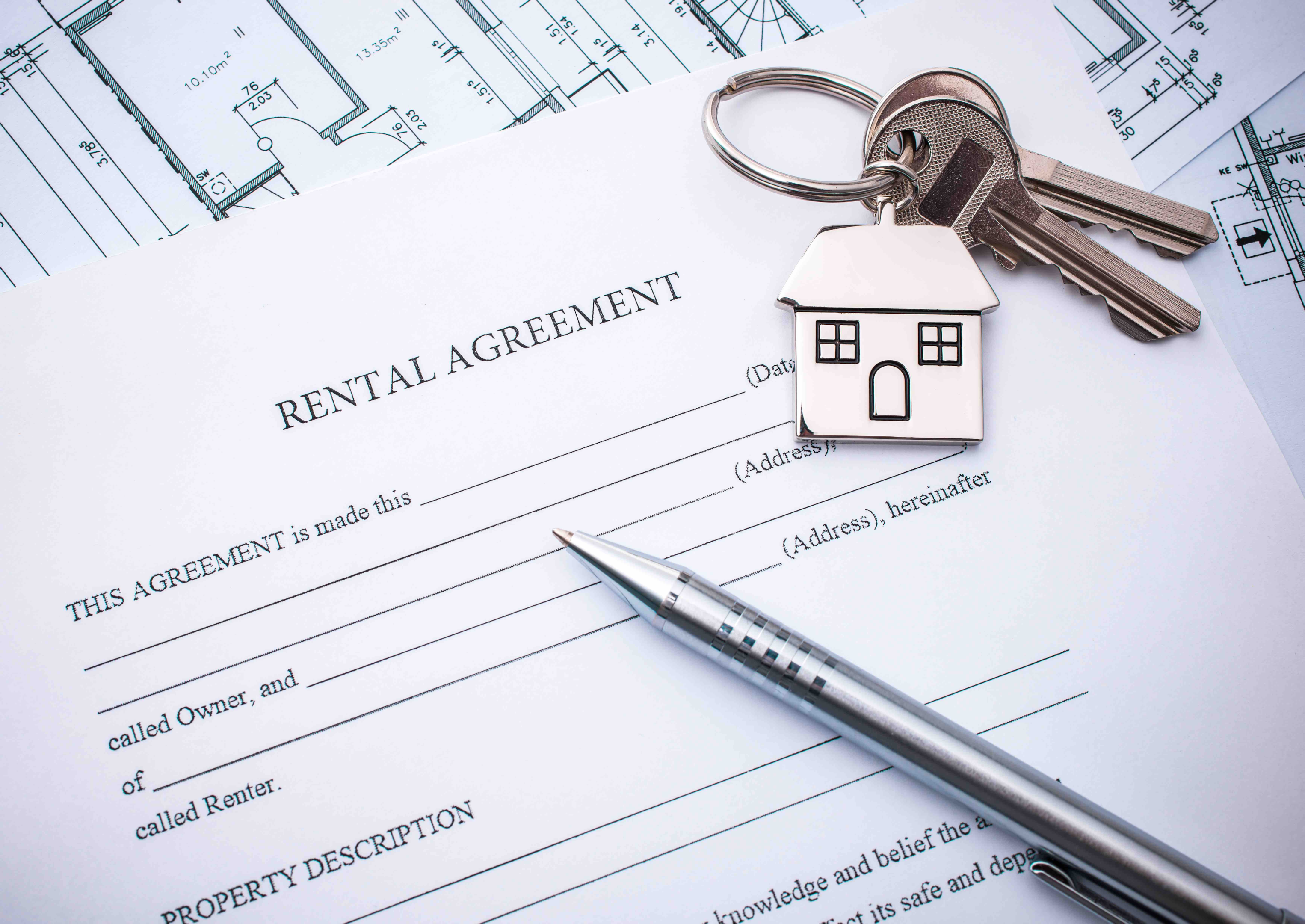
As a landlord, navigating the complexities of rent increases can be challenging, especially when it comes to maintaining a positive relationship with your tenants. In this blog post, we will explore the ins and outs of crafting a persuasive rent increase letter, ensuring compliance with legal requirements, and managing tenant responses. So let’s dive in and learn how to successfully implement a rent increase while keeping your tenants on board.
Short Summary
- A rent increase letter is a formal written notice from a landlord to tenant informing of an upcoming monthly rent change.
- Landlords must adhere to legal guidelines, local laws and provide proper notification when crafting the letter.
- Clear communication and transparency are key for establishing positive relationships with tenants while handling responses in order to ensure successful implementation of the process.
Suggested Posts:
Lease Renewal Letter: Crafting the Perfect Letter to Tenants
Rental Property Loans: Navigating the Best Options in 2023
Rent Late Fees: A Guide for Landlords and Tenants
What is a Rent Increase Letter?
A rent increase letter is a formal written notice from a landlord to a tenant, informing them of an upcoming increase in the monthly rent, the new amount, and the effective date while adhering to pertinent legal requirements and preserving a positive landlord-tenant relationship. This important document serves a twofold purpose: it informs the tenant of the rent increase and provides an official record of the alteration.
The rent increase letter should include the existing rental rate, the new rental rate, and the date the increase shall take effect. Moreover, it is crucial to review the lease agreement to ensure compliance with its terms. Not providing an appropriate rent increase notification can result in legal implications and detrimentally affect the landlord’s reputation.
Jump to Free Rent Increase Letter Template
Reasons for Implementing a Rent Increase

Common reasons for a landlord to raise rent include:
- Market fluctuations
- Improvements to the property
- Augmented expenditures
- Sustaining profitability
In some cases, a landlord raises rent to keep up with the increasing costs of property maintenance and management.
However, it is essential to avoid illegal rent increases, such as raising rent as punishment for a tenant’s behavior or due to discrimination based on race, religion, or sexuality.
Prior to increasing rent, landlords should:
- Evaluate the condition and value of the rental property
- Assess the appeal of the property relative to other rentals in the area
- Consider distinctive features or benefits of their rental property and the current rent
Instead of simply following the market rate, landlords should consider these factors. Unlawful rent increases can result in a legal action alleging landlord retaliation or discrimination, so it is essential to follow the correct format and include necessary information when writing a rent increase letter.
Legal Aspects of Rent Increases

To avoid legal disputes and ensure a smooth rent increase process, landlords must follow legal guidelines, such as reviewing lease agreements, understanding local rent control laws, and providing proper notice to tenants within the required timeframe, all while keeping the tenant’s rent in mind.
In the following subsections, we will delve deeper into these crucial aspects of rent increases.
Review Lease Agreements
Reviewing lease agreements is vital for the following reasons:
- Ensure compliance with terms and conditions
- Verify tenant information and rights
- Reduce the likelihood of eviction
- Maintain a positive landlord-tenant relationship
A Tenancy Agreement Review Table is a beneficial instrument for ensuring a comprehensive examination of a tenancy agreement. The information in the lease may include details about renewal options, applicable notice period and any rent increases that take effect at the end of the written agreement. These terms should be specified to ensure a smooth transition for all involved parties. Reviewing the lease agreement enables landlords to make informed decisions about rent increases and avoid potential conflicts with tenants.
Understand Local Rent Control Laws
Familiarizing yourself with local rent control laws is essential to avoid legal disputes and ensure compliance with regulations. Rent control laws may appear to be beneficial to tenants, but for landlords, they may be perceived as a restrictive measure. Legislation regarding rent price increases and longer advance notice periods for rent increases is either being deliberated or contested in numerous cities and counties across the nation.
Comprehending local rent control laws can avert landlords from legal difficulties and potential penalties. Be sure to consult your local regulations to ensure your rent increase is within the legal limits.
Provide Proper Notice to Tenants
Providing proper notice to tenants is a crucial aspect of the rent increase process. The required notice period for a rent increase on a month-to-month lease is contingent upon the state, with some states requiring landlords to furnish the tenant with a 60-day rent increase notice. Adhering to a specified timeline when notifying tenants is essential to guarantee that tenants are cognizant of their entitlements and duties, as well as any revisions related to their rental property.
Landlords can deliver the rent increase letter through various methods, such as certified mail, email, or hand delivery, ensuring proof of delivery and adherence to local regulations. Providing proof of delivery is essential to ensure adherence to local regulations and avoid any potential miscommunications or legal disputes.
Crafting a Persuasive Rent Increase Letter
When you need to write a rent increase, using a well-crafted sample rent increase letter is essential. It should be clear, transparent, and professional, explaining the reasons for the increase and providing relevant information to help tenants understand the decision.
In the following subsections, we will discuss the key elements of clear communication and transparency in crafting a persuasive rent increase letter.
Clear Communication
Using clear and concise language, providing specific details, and maintaining a professional tone in the rent increase letter are essential for effective communication. Such notice must be in writing (letter or email) as verbal agreements are not usually acceptable in court (in the event of a dispute). It is highly recommended to send the notice via certified mail, as this will provide a record of the tenant having received it.
Maintaining a formal and professional tone throughout the rent increase letter is crucial to avoid any language that could be considered offensive to tenants. Employ lucid and succinct language, furnish explicit information, and preserve a courteous demeanor in the rent increase letter to ensure tenants comprehend the rationale behind the rent increase and the specifics of the new rent amount.
Transparency and Professionalism
Being transparent about the reasons for the rent increase is vital in maintaining a positive landlord-tenant relationship. Providing historical data on rental rates and explaining why the new rate is in line with fair market rent can help tenants understand the decision and accept the increase.
Attaching an addendum that illustrates the comparables of properties similar to theirs, particularly if the rent has been stagnant for an extended period or if the property is situated in a flourishing area, should assist the tenant in understanding the present circumstances.
Maintaining a professional and understanding tone throughout the rent increase letter will help foster a favorable relationship with the tenant.
Delivering the Rent Increase Letter

When it comes to delivering the rent increase letter, there are several methods to choose from, including certified mail, email, or hand delivery. Each method has its pros and cons, but the most important factor is ensuring proof of delivery and compliance with local laws.
Certified mail provides a record of the tenant having received the rent increase letter, which is essential in case of legal disputes. Email is efficient and economical, but it requires tenant approval and may not always be received. Hand delivery guarantees receipt, but can be expensive and time-consuming.
Regardless of the method you choose, providing proof of delivery and adhering to local regulations is crucial for a successful rent increase process.
Handling Tenant Responses
Landlords should be prepared to handle tenant responses to the rent increase letter, which may include acceptance, negotiation, or rejection of the increase. Maintaining open communication throughout the process is essential to address any concerns or questions the tenant may have.
In case a tenant refuses the increase in rent, issuing a non-renewal lease notice is the recommended approach. If a tenant chooses to negotiate the rent increase, landlords should be open to discussions and consider adjusting the increase if necessary.
Ultimately, fostering a positive relationship with the tenant and finding a mutually agreeable solution is the key to a successful rent increase process for a property manager.
Rent Increase Letter Example and Analysis

Let’s take a look at an example rent increase letter and analyze its components: [Provide an example of a rent increase letter] This rent increase letter follows a clear and professional format, stating the current rent, the new rent, and the effective date of the increase. It explains the reasons for the increase, such as property improvements or increased expenses, helping the tenant understand the rationale behind the decision.
Moreover, the letter adheres to legal requirements, providing the tenant with proper notice and ensuring compliance with local rent control laws. By maintaining a positive tone and addressing the tenant’s concerns, this rent increase letter serves as an excellent example of how landlords can successfully implement a rent increase while preserving a strong landlord-tenant relationship.
Download a Free Rent Increase Letter Template
Tips for a Successful Rent Increase Process
To ensure a successful rent increase process, landlords should follow legal guidelines, maintain open communication with tenants, and be prepared to negotiate or adjust the increase if necessary. By adhering to these best practices, landlords can minimize the risk of legal disputes, maintain a positive relationship with their tenants, and achieve their desired rent increase.
In conclusion, a successful rent increase process rests on a well-crafted rent increase letter, adherence to legal requirements, and effective communication with tenants. By keeping these factors in mind, landlords can navigate the complexities of rent increases with confidence and ensure a smooth process for both parties.
Summary
In summary, crafting a persuasive rent increase letter involves clear communication, transparency, and professionalism. By adhering to legal guidelines and maintaining open communication with tenants, landlords can successfully implement a rent increase and preserve a positive landlord-tenant relationship. Remember, a rent increase is not just about raising the rent – it’s about fostering a mutually beneficial and harmonious relationship with your tenant for years to come.
Frequently Asked Questions
How can I write a letter to increase my rent?
Dear [Tenant’s Name], This letter serves as your notice that beginning on [date], your monthly rent for Unit [#] at [property address] will increase by [increase amount] to [new monthly rent total] per month.
This amount will be due on or before the [date] of each month going forward and should include all necessary information such as tenant name and address, old rent amount, new rent amount, date rent increase will start, required notice and contact information.
Thank you for your cooperation.
What is a rent increase letter in Arizona?
A rent increase letter in Arizona is an official notice from the landlord to the tenant, informing them of a change in the monthly rent charges.
The letter must include the amount of the increase, the date it will take effect, and any other relevant information. It must also be signed by the landlord and dated. The tenant must be given at least 30 days’ notice.
What is the most a landlord can raise rent in Florida?
In Florida, landlords can raise rent by any amount they want, as there are no legal limits or caps on rent increases. This means that tenants in Florida have no protection from sudden and drastic rent increases. Renters in other states may have some protection from rent increases, but in Florida, landlords have free reign. It is important.
How much can rent be raised in Indiana?
In Indiana, landlords are able to set rental prices as high as they want and must give tenants at least 30 days of written notice before raising rental prices.
Therefore, there is no limit to how much a landlord can raise rent.
What are common reasons for implementing a rent increase?
Common reasons for implementing a rent increase include market fluctuations, property improvements, increased expenses, and maintaining profitability.
These reasons are all valid and important for landlords to consider when deciding whether or not to increase rent. However, it is important to consider the impact of a rent increase on tenants. Rent increases.
Upgrade Your Building Security
Get in touch with a Swiftlane specialist for more information on the best access control and video intercom solution for your building.




